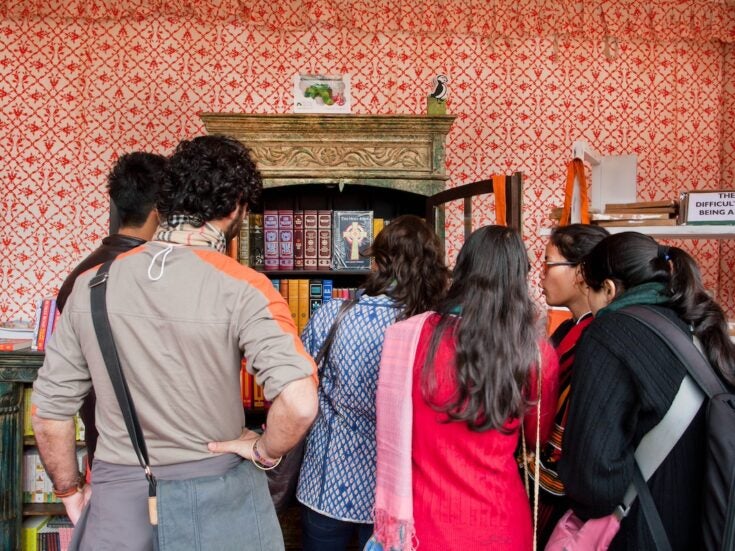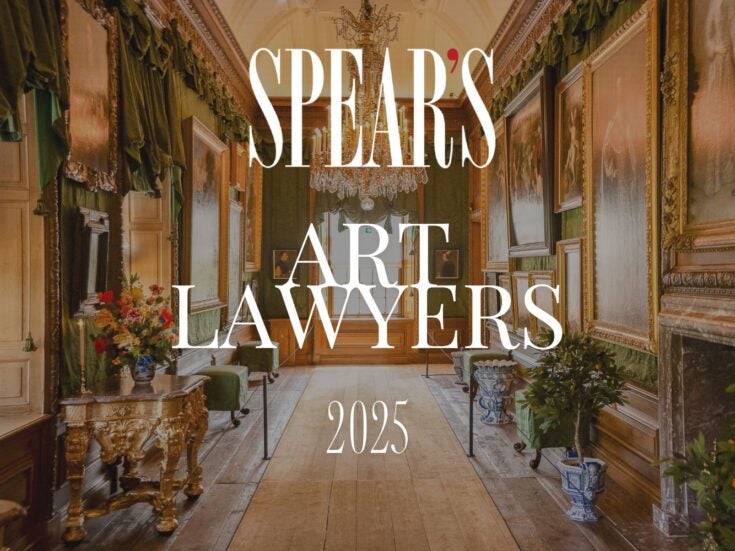
When The Astors Owned New York: Blue Bloods and Grand Hotels in a Gilded Age
Justin Kaplin
Viking Adult
The Astors were New York’s first family at a time when that city was coming of age. For a century they embodied what it was to be rich in America’s imperial city and successive generations were responsible for ushering in a new ‘hotel civilisation’ (as Henry James called it) that was quintessentially American. Yet the founding father of the dynasty was derided as a ‘Dutch sausage peddler’ (his father had been a butcher back in the old country, which had been Germany, not Holland) and while ‘Mrs Astor’ invented and ruled New York ‘society’, the male Astors were regarded as outsiders.
John Jacob Astor (1763-1848) made his original fortune from trading furs and might have become, in his own estimation, the richest man that ever lived, not merely the richest man in the United States, had his commercial empire in the Pacific Northwest not been ‘frustrated by blundering subordinates, Indian treachery, the War of 1812, bad weather, and just plain bad luck’. Instead, he had to fall back on his shrewd investments in Manhattan real estate.
Before he died, Old Man Astor owned about 500 properties in the city, whose population had grown twenty times since his arrival there in 1780. He also built the grandest and most luxurious hotel in the world. A six-storey, Greek Revival, granite structure on Broadway, ‘Astor House was to be the mecca and transmission centre for a growing cult of celebrity’ for almost 50 years after its opening in 1836.
William Backhouse Astor (1792-1875) married up (connecting with a Revolutionary and landowning family) and produced three sons, one of whom became estranged from the family. The other two, John Jacob III and William Backhouse Jr, were permanently at odds, despite owning adjacent brownstone mansions on Fifth Avenue, between 33rd and 34th streets, and sharing offices. The rift between them was to be perpetuated in the next generation between their sons, the two Astor cousins William Waldorf Astor and John Jacob IV.
John Jacob III was the serious, hard-working brother, while William Backhouse Jr was the dissolute hedonist. One contemporary described William as a ‘one-man temperance society… dedicated to destroying all spirituous liquor even if he had to drink it all himself’.
William’s wife, Caroline (neé Schermerhorn), became the city’s leading society hostess and queen of the ‘Four Hundred’. As Ward McAllister, the self-styled social arbiter and coiner of the phrase, put it: ‘If you go outside that number you strike people who are either not at ease in a ballroom or else make other people not at ease.’ Caroline Astor signed a pact with the devil in the shape of Colonel William A. D’Alton Mann, whose weekly gossip sheet Town Topics promoted her social celebrity while extorting bribes from others (written down in the books as loans) to keep their names out of his paper.
Caroline changed the name on her calling card from ‘Mrs William Astor’ to ‘Mrs Astor’ (ignoring the claim of her nephew William’s wife and starting what became known in the press as ‘the Battle of the Cards’) and while she entertained lavishly, her husband, who found ‘society’ tedious, preferred to entertain female guests aboard his yachts, the Ambassadress and, later, the 250-foot, all-steel Nourmahal (meaning ‘Light of the Harem’). Caroline claimed to be a bad sailor and never set foot on her husband’s yachts.
While the Astor family real-estate interests kept generating vast revenues, the male Astor cousins of the next generation were each distracted by other interests: William Waldorf was seduced by the charms of Italy; fell in love with an Italian ‘princess’ (her identity remained private), though was not permitted to marry her, dabbled in politics as a Republican wrote a couple of romantic historical novels; attempted to prove that his family was descended from a Spanish crusader; and decamped to England, declaring America ‘not a fit place for a gentleman to live’.
Dubbed ‘William the Traitor’, it was perhaps surprising that when the New York Times mistakenly reported his death in 1892 its enormous obituary praised him as ‘an ideal American’. The truce didn’t last. Once in England, William Waldorf Astor founded his own monthly, the Pall Mall Magazine, and filled it with his own short stories and dotty articles, causing the New York Times correspondent in London to conclude: ‘The second syllable of his name is clearly superfluous.’ It was just as well, as Kaplan puts it pithily, that ‘he was unswayed by ridicule.’
John Jacob IV, known in the press as ‘Jack Ass’, devoted himself to laboratory experiments and coming up with minor inventions that never quite caught on, such as a plant to convert peat into fuel for machines and vehicles. But his science-fiction novel about Manhattan in 2000 was not without merit: ‘Comic stumbles aside, Jack’s free-ranging imagination looked ahead to television, global warming, and genetic engineering and was not without predictive value for someone whose family business was real estate.’
The Astor cousins’ principal achievement, however, was in the area of hotel building and management. As owners of the Waldorf-Astoria. the Astor cousins became luxury innkeepers on a Renaissance scale. Henry James was in awe, calling the Waldorf-Astoria ‘a new thing under the sun’. What James also called the ‘hotel spirit’ meant that, for the first time, it became fashionable to eat out in public. ‘There was a constant buzz of money talk,’ explains Kaplan. ‘The Waldorf-Astoria’s barroom and men’s café had become an extension of the trading floor of the New York Stock Exchange.’ It was followed by other Astor grand hotels, the Astor in Times Square, the Knickerbocker, and the St Regis (in ‘Vanderbilt Alley’).
William Waldorf Astor fled the mockery of his fellow Americans and, ensconced at Cliveden and Hever Castle, finally achieved his ambition of a British peerage after a decade and a half of assiduous charitable giving. Jack was praised for his patriotic service in raising a regiment to fight in Cuba and renamed ‘Colonel Astor’, but ostracised by his late mother’s precious ‘society’ for divorcing his wife and taking a new, teenage bride. He had to go down with the Titanic in 1912 to achieve rehabilitation.
Kaplan’s book is a bijou joy. With its concise text of 181 pages, it is perfect for a transatlantic flight: elegantly written, humorous, and insightful.







